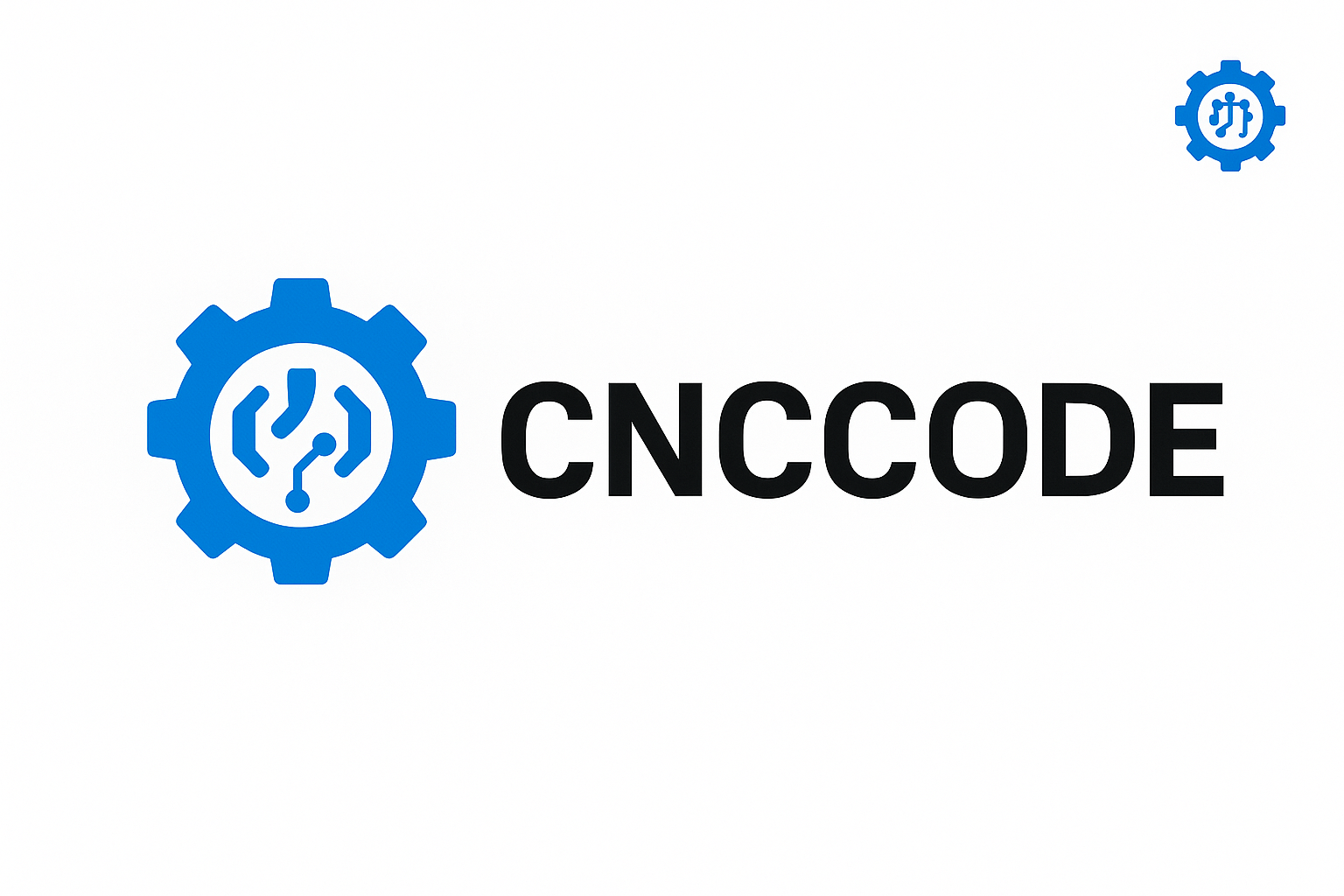Ensure safety in CNC operations with comprehensive best practices, machine handling guidelines, PPE standards, and future safety automation strategies for CNC workshops.
CNC Safety & Best Practices: Essential Guidelines for a Safe and Efficient Workshop
CNC machines are powerful tools—but without proper safety protocols, they can pose serious risks. Whether you’re a home-based hobbyist or a full-time machinist, understanding and implementing CNC safety best practices is crucial. This in-depth guide covers everything from PPE and machine guarding to modern automation safety features and AI-driven monitoring systems.
📌 Table of Contents
- 1. Why CNC Safety Matters
- 2. Common Hazards in CNC Environments
- 3. Personal Protective Equipment (PPE)
- 4. Machine Safety Systems & Emergency Stops
- 5. Operator Training and Certification
- 6. Best Practices for CNC Setup and Operation
- 7. CNC Maintenance Safety
- 8. Safety Standards (OSHA, ISO, CE)
- 9. Emerging Trends in CNC Safety Automation
- 10. Safety Tips for DIY & Hobby CNC Users
- 11. Creating a CNC Safety Checklist
1. Why CNC Safety Matters
Every year, thousands of accidents occur in CNC workshops globally. Most are preventable with proper education, machine guarding, and operator discipline. CNC tools operate at high speeds and with sharp tools—any lapse in attention can cause injury or machine damage.
2. Common Hazards in CNC Environments
- 🔺 High-speed rotating parts
- 🔺 Flying chips and tool breakage
- 🔺 Improper tool changes
- 🔺 Unsecured stock or fixtures
- 🔺 Electrical or coolant hazards
3. Personal Protective Equipment (PPE)
Operators should always wear:
- 🦺 Safety goggles or full face shields
- 🧤 Cut-resistant gloves (not during live machining)
- 👂 Hearing protection
- 👃 Dust masks (for wood/plastic machining)
- 🦶 Steel-toe boots (industrial shops)
4. Machine Safety Systems & Emergency Stops
Every CNC setup should include:
- 🔘 Easily accessible emergency stop (E-Stop) buttons
- 🔒 Interlocked machine enclosures
- 🔦 Status lights or warning indicators
- 📟 Automatic spindle shutdowns on tool break
5. Operator Training and Certification
Operators should complete:
- 📚 CNC safety modules (online or institutional)
- 🔧 Hands-on machine training
- ✅ Periodic safety assessments
Certifications like OSHA 10/30 or manufacturer-specific training (Haas, Siemens, Fanuc) are highly recommended.
6. Best Practices for CNC Setup and Operation
- 🔍 Double-check tool offsets and zero points
- 🔩 Secure workpieces and fixtures tightly
- 👁️ Always simulate toolpaths in CAM software
- 🛑 Keep hands away from moving parts at all times
- 📸 Document setups and safe workflows
7. CNC Maintenance Safety
- 🧽 Disconnect power before maintenance
- 🧪 Use appropriate cleaners and degreasers
- 🛠️ Replace worn tools, belts, or sensors safely
8. Safety Standards (OSHA, ISO, CE)
| Standard | Region | Focus |
|---|---|---|
| OSHA 1910 | USA | General Industry Safety |
| ISO 23125 | Global | Machine tool safety |
| CE Marking | EU | Conformity for electrical/mechanical safety |
9. Emerging Trends in CNC Safety Automation
- 🤖 AI camera systems for human proximity alerts
- 🔌 Sensor networks that trigger auto shutoff
- 📈 Predictive analytics for risk modeling
- 📡 Remote CNC supervision via IoT
10. Safety Tips for DIY & Hobby CNC Users
- 🛡️ Use enclosures even for desktop routers
- 🧲 Add magnetic safety switches
- 📵 Never bypass safety features for speed
- 🧯 Keep fire extinguisher and first aid nearby
11. Creating a CNC Safety Checklist
A simple daily checklist can reduce 90% of risks:
- ✅ Check machine guards
- ✅ Inspect tools and workholding
- ✅ Verify lubrication/coolant systems
- ✅ Test E-stop functionality
- ✅ Ensure PPE availability
✅ Conclusion
Safety is not optional—it’s foundational. Whether you’re running a $50K milling machine or a DIY CNC router in your garage, taking proactive safety steps ensures productivity, uptime, and most importantly, human well-being. Make CNC safety a habit, not an afterthought!
🛡️ Stay safe and up to date with the latest best practices at cnccode.com.

Leave a comment